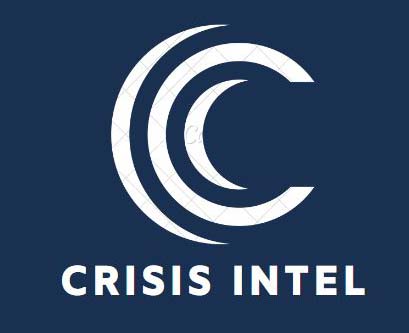Emergency Communication Systems
Importance of Effective Communication during Emergencies:
Effective communication is vital during emergencies to ensure the timely dissemination of critical information. Key aspects include:
- Establishing clear and reliable communication channels to reach affected individuals, responders, and the broader community.
- Developing emergency notification systems, such as sirens, text alerts, or mobile applications, to quickly alert and inform the public.
- Utilizing various communication platforms, including social media, websites, and traditional media, to share updates, instructions, and safety guidelines.
- Coordinating with emergency services, government agencies, and community organizations to streamline communication efforts and avoid misinformation.
- Providing accessible communication options for individuals with disabilities or limited English proficiency.


Emergency Management Technologies:
Role of Technology in Disaster Response and Management:
- Technology plays a crucial role in enhancing emergency management efforts. Key aspects include:
- Geographic Information System (GIS) mapping to visualize and analyze data, including hazard zones, infrastructure, and resources.
- Remote sensing technologies, such as satellite imagery or aerial drones, for rapid damage assessment and situational awareness.
- Mobile applications and software solutions for emergency response coordination, resource tracking, and real-time data sharing.
- Sensor networks and early warning systems to detect and monitor hazards, such as earthquakes, floods, or chemical leaks.
- Information management systems to collect, analyze, and disseminate critical information to responders and stakeholders.
International Cooperation in Disaster Response:
Collaborative Efforts among Nations during Disaster Response:
- In an increasingly interconnected world, international cooperation is crucial for effective disaster response. Key aspects include:
- Collaborative agreements and frameworks between countries to facilitate sharing of resources, expertise, and best practices in disaster response and recovery.
- Mutual aid agreements and assistance programs that enable countries to support each other during emergencies, such as providing personnel, equipment, or financial aid.
- Coordination of international humanitarian organizations, NGOs, and UN agencies to deliver humanitarian assistance and relief efforts in affected regions.
- Exchange of information, lessons learned, and research findings to enhance global resilience and improve disaster response strategies.
- Joint training exercises and capacity-building initiatives to enhance the skills and capabilities of emergency responders on an international scale.


Training and Education in Emergency Management:
Professional Development Opportunities for Emergency Management Practitioners:
- Accredited training programs and certifications that cover various aspects of emergency management, including planning, response, recovery, and leadership.
- Workshops, seminars, and conferences to foster knowledge sharing, networking, and collaboration among practitioners.
- Training exercises and simulations to practice response strategies, test emergency plans, and enhance coordination among response teams.
- Online resources, webinars, and e-learning platforms that provide accessible and flexible learning opportunities.
- Collaboration with academic institutions and research organizations to advance the knowledge and understanding of emergency management.
